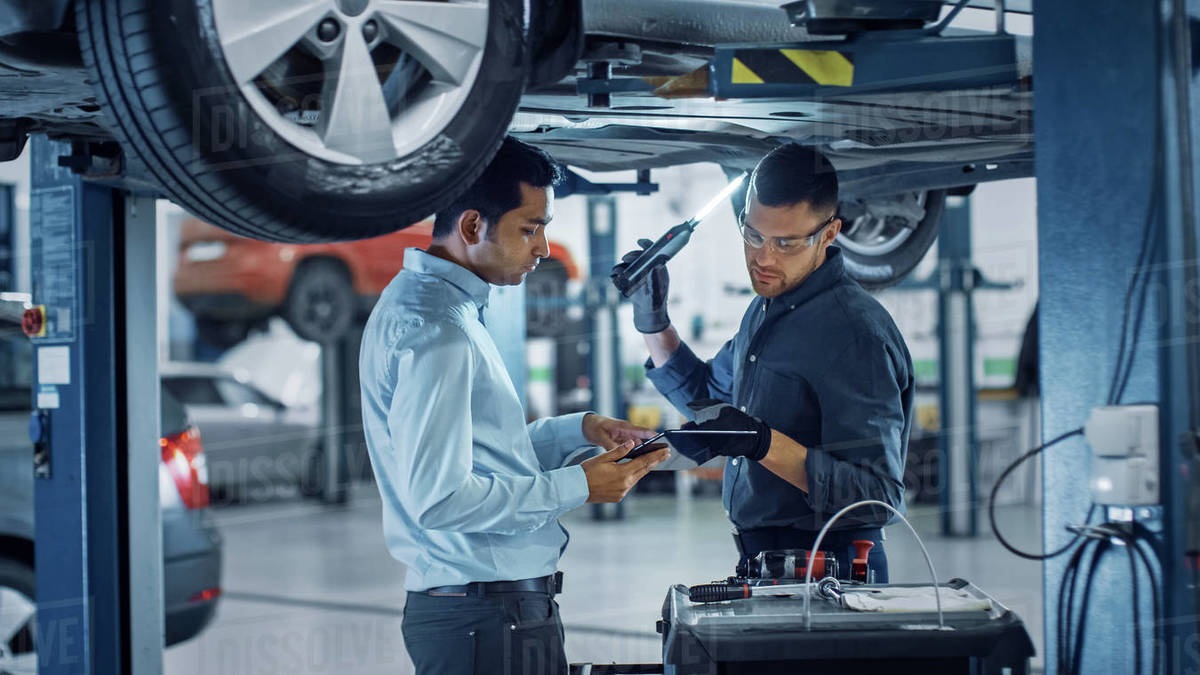An important part of automotive maintenance that has a big influence on how your car handles and reacts to steering inputs is proper wheel alignment. Even though it’s an essential component, many drivers don’t realize how important it is until they run into problems like uneven tire wear or loss of control. In order to help drivers understand the vital role wheel alignment plays in their overall safety and driving experience, this article will examine how wheel alignment influences vehicle handling.
The Basics of Aligning Wheels
The process of adjusting a car’s suspension parts to make sure the wheels are properly positioned in relation to the road and each other is known as wheel alignment. The settings for camber, caster, and toe are important components of alignment. Every one of these modifications has an individual effect on how the car engages with the surface. When the tires are aligned properly, they create the best possible contact with the road, which improves the vehicle’s response to steering inputs. Drivers may encounter problems including tugging to one side, misaligned steering wheels, and poor driving ability if their alignment is incorrect.
Control and Steering Response
There is a clear correlation between steering reaction and wheel alignment. The car reacts to steering inputs from the driver in a predictable and responsive manner when wheel alignment is maintained. For example, when you spin the steering wheel, the car should go in the correct direction smoothly and without requiring a lot of effort. On the other hand, misaligned wheels may cause issues like severe vibrations in the steering wheel, a sluggish reaction to changes in direction, or a propensity to drift. These problems might endanger not only the driving pleasure but also the safety of the car and its passengers.
Safety and Preventive Maintenance
An essential component of car maintenance by the Auto Repair in Henderson, NV should be keeping the wheels properly aligned. Drivers should have their wheel alignment examined on a regular maintenance schedule, after striking a pothole or curb, or if they observe changes in their vehicle’s handling. Frequent maintenance keeps the handling and steering accurate, enabling the car to react to driver input in a safe and predictable manner. Additionally, correctly aligned wheels improve overall vehicle performance, cut down on environmental impact, and improve fuel economy.
Conclusion
In conclusion, wheel alignment is essential to the handling and control of a vehicle. A properly aligned automobile will make driving safe and pleasurable, from the way it responds to steering signals to the lifespan of your tires. Drivers may increase their safety on the road and extend the life of their vehicle by making educated maintenance choices based on their awareness of the critical relationship between alignment and performance. An inexpensive investment that may lead to safer and better driving is routine alignment inspections.

